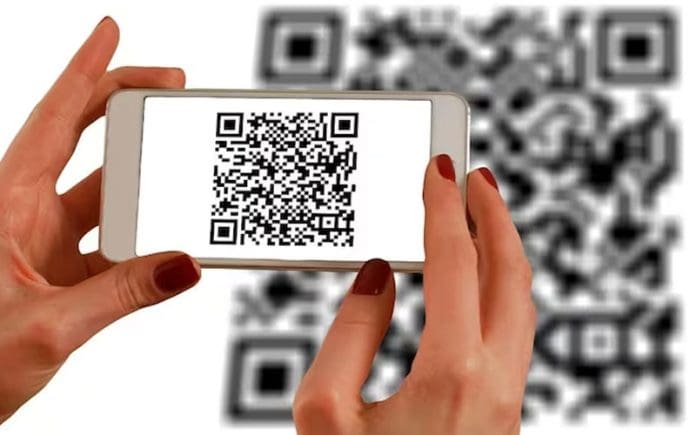In our increasingly digitalized world, Quick Response (QR) codes have become an integral part of our daily lives. From restaurant menus to event tickets, these pixelated black-and-white squares offer a convenient way to access information with just a quick scan. However, with convenience comes a hidden danger – the rising threat of QR code scams. In this column, we will delve into the potential risks associated with QR codes and the importance of staying vigilant in the face of this evolving cyber threat.
The Mechanics of QR Code Scams:
QR code scams typically involve attackers overlaying malicious content onto legitimate QR codes, leading unsuspecting individuals to compromised websites or downloading malicious software onto their devices. Scammers exploit the trust people place in QR codes, assuming that a simple scan can only lead to legitimate and safe destinations.
Common Scams:
- Phishing Attacks: Fraudsters use QR codes to redirect users to fake websites that mimic legitimate ones, tricking them into entering sensitive information such as usernames, passwords, or credit card details.
- Malware Downloads: Scanned QR codes may initiate the download of malicious software onto a user’s device, giving attackers access to personal data, files, and potentially even control over the device.
- Fake Apps: QR codes can lead users to download counterfeit applications that appear legitimate but are designed to steal information or perform harmful actions on the device.
- Financial Scams: Some QR codes may redirect users to fraudulent payment pages, leading to unauthorized transactions or the compromise of banking details.
Protecting Yourself from QR Code Scams:
- Use Trusted Apps: Stick to reputable QR code scanner apps with good reviews, and be wary of downloading new or unfamiliar applications.
- Verify the Source: Before scanning a QR code, ensure that it comes from a trusted and reliable source. Avoid scanning codes from random websites, emails, or unsecured locations.
- Check the URL: After scanning a QR code, double-check the URL it leads to before entering any sensitive information. Look for “https://” and a padlock icon to indicate a secure connection.
- Be Cautious with Personal Information: Avoid entering sensitive information through QR codes unless you are certain of their legitimacy. Legitimate sources will not ask for passwords or financial details via QR codes.
Conclusion:
While QR codes offer unparalleled convenience in our fast-paced digital age, it’s crucial to be aware of the potential dangers they pose. By staying informed, using caution, and adopting best practices, users can mitigate the risks associated with QR code scams and continue to enjoy the benefits of this technology securely. As technology evolves, so do the tactics of cybercriminals, making it imperative for individuals to remain vigilant in safeguarding their digital lives.






